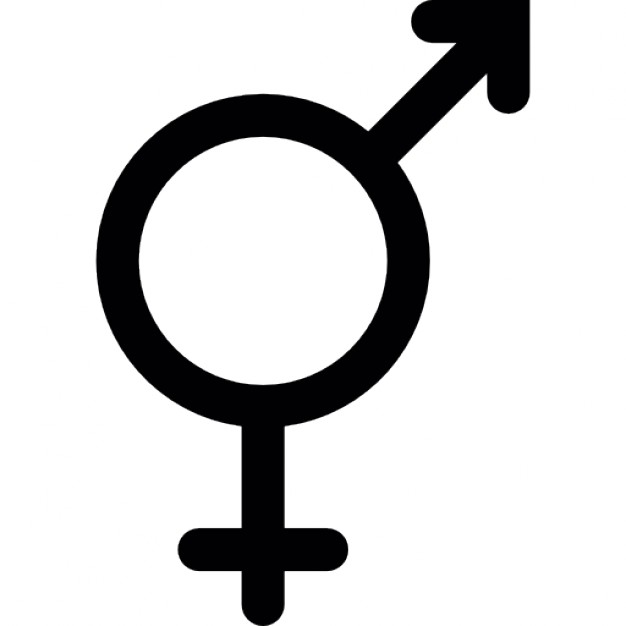GRECO monitors all its members on an equal basis, through a dynamic process of mutual evaluation and peer pressure. The GRECO mechanism ensures the scrupulous observance of the principle of equality of rights and obligations among its members. All members participate in, and submit themselves without restriction to, the mutual evaluation and compliance procedures.
GRECO monitoring comprises:
- a “horizontal” evaluation procedure (all members are evaluated within an Evaluation Round) leading to recommendations aimed at furthering the necessary legislative, institutional and practical reforms;
- a compliance procedure designed to assess the measures taken by its members to implement the recommendations.
GRECO works in cycles: evaluation rounds, each covering specific themes. GRECO’s first evaluation round (2000–2002) dealt with the independence, specialisation and means of national bodies engaged in the prevention and fight against corruption. It also dealt with the extent and scope of immunities of public officials from arrest, prosecution, etc. The second evaluation round (2003–2006) focused on the identification, seizure and confiscation of corruption proceeds, the prevention and detection of corruption in public administration and the prevention of legal persons (corporations, etc) from being used as shields for corruption. The third evaluation round (launched in January 2007) addresses (a) the incriminations provided for in the Criminal Law Convention on Corruption and (b) the transparency of party funding.
The evaluation process follows a well defined procedure, where a team of experts is appointed by GRECO for the evaluation of a particular member. The analysis of the situation in each country is carried out on the basis of written replies to a questionnaire and information gathered in meetings with public officials and representatives of civil society during an on-site visit to the country. Following the on-site visit, the team of experts drafts a report which is communicated to the country under scrutiny for comments before it is finally submitted to GRECO for examination and adoption. The conclusions of evaluation reports may state that legislation and practice comply - or do not comply - with the provisions under scrutiny. The conclusions may lead to recommendations which require action within 18 months or to observations which members are supposed to take into account but are not formally required to report on in the subsequent compliance procedure.
One of the strengths of GRECO’s monitoring is that the implementation of recommendations is examined in the compliance procedure. The assessment of whether a recommendation has been implemented satisfactorily, partly or has not been implemented, is based on a situation report, accompanied by supporting documents submitted by the member under scrutiny 18 months after the adoption of the evaluation report. In cases where not all recommendations have been complied with, GRECO will re-examine outstanding recommendations within another 18 months. Compliance reports and the addenda thereto adopted by GRECO also contain an overall conclusion on the implementation of all the recommendations, the purpose of which is to decide whether to terminate the compliance procedure in respect of a particular member. Finally, the Rules of Procedure of GRECO foresee a special procedure, based on a graduated approach, for dealing with members whose response to GRECO’s recommendations has been found to be globally unsatisfactory.






